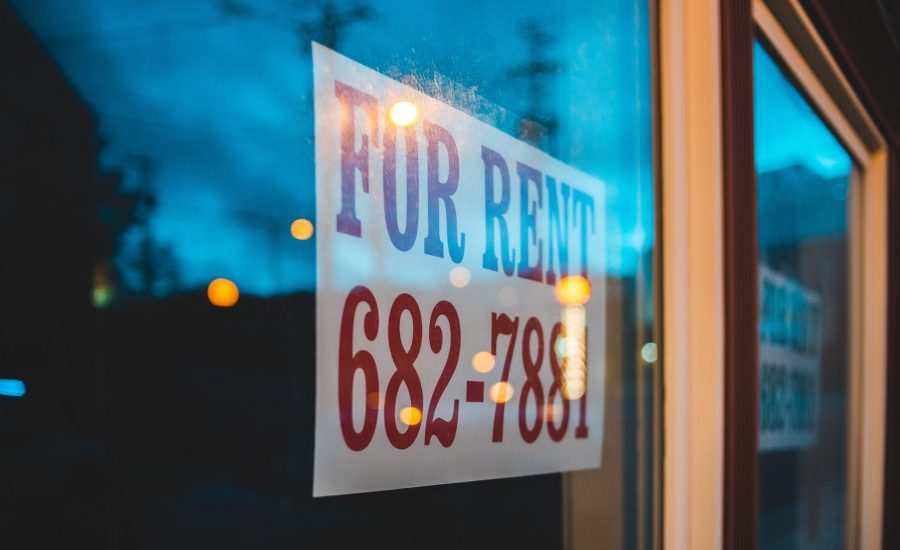After rising steadily in many cities across Canada for many years, real estate has been on a particular tear over the past year—and rental property investing has become an area of interest for plenty of people as a result.
But a soaring market isn’t a guarantee of success. If you’re thinking about becoming a landlord, you need to consider not only the purchase price and mortgage repayment costs of your property, but other financial issues as well.
How much does a rental property cost?
When purchasing a rental property, the typical down payment requirement is 20% of the purchase price. If the owner is going to occupy one of the units in a multi-unit property, there is a lower minimum. For one- or two-unit properties, a purchaser needs only 5% of the purchase price and can borrow the other 95%. However, if the property is worth more than $500,000, the minimum down payment is 5% on the first $500,000 plus 10% of the excess. A three- or four-unit rental property that will be owner-occupied has a 10% down payment requirement.
Purchasers need to consider land transfer taxes and mortgage default insurance as part of their closing costs as well. All provinces other than Alberta and Saskatchewan charge land transfer tax to purchasers; in Toronto, municipal land transfer tax is charged as well. Mortgage default insurance applies to mortgages that exceed 80% loan to home value, but some lenders may require insurance for a property you intend to rent out even if your down payment is more than 20%.
Mortgage rates for a rental property purchase may be slightly higher than the best rates you could expect for an owner-occupied property. Rental property mortgages can be amortized over 25 years, or possibly as long as 35 years with a down payment of more than 20%.
Compare property costs vs. potential rental income
So, how do you assess a rental property purchase? Here is how I would crunch the numbers. And, for the record, I do not sell investments or real estate, so my intention is not to encourage or discourage buying rental real estate. I think it makes sense in some circumstances.
Some of the numbers below may seem high or low depending upon where you live; they are just for discussion purposes.
Consider the following scenario of a condo purchase in Ontario (outside Toronto):
EXPENSE
AMOUNT
Purchase price
$500,000
Land transfer tax
$6,475
Legal fees
$1,695
Down payment (20%)
$100,000
Mortgage (80% of purchase price at 3% over 25 years)
$400,000
Property value appreciation
3%
Monthly rental income (rising at 2% annually)
$2,000
Annual property tax
$3,000
Monthly condo fees
$250
Average miscellaneous annual costs
(insurance, realtor fee to find a tenant, occasional vacancy;
these could significantly vary from year to year)
$2,000
The rental income comes to $24,000 per year, while the mortgage payments are $22,716 per year and the other expenses total $8,000 per year.
Do the math, and you can see this property runs cash-flow negative by $6,716 per year or about $560 per month. Sounds brutal, right?
If we assume the investor does not claim depreciation on the property, there is also tax payable on the net rental income. Depreciation—called capital cost allowance—can be used to bring your net rental income down to zero, but not to create a loss. However, upon sale of the property, your previously claimed CCA is brought into income and typically taxed at a high tax rate.
Despite running at a loss in this example, the mortgage principal payments of $10,939 are not tax deductible, so the property has a positive net rental income for tax purposes. Tax payable based on a 35% tax bracket (about average at $75,000 of income across the country) would be $1,478. That means the owner has a net cash-flow outlay of $8,194 in the first year to carry the rental property after tax.
For this property to be cash-flow neutral, an investor would need a down payment of about $220,000 or 44%; or, after considering taxes and assuming no CCA, they would need about $275,000, or 55%.
Other financial considerations besides cash flow
But cash flow is not necessarily the best way to assess the numbers. Here is how I would evaluate the property as an investment.
With a purchase price of $500,000, the property actually costs $508,170 including land transfer tax and legal fees. If the property grows, at 3%, to $515,000 after the first year, and the $400,000 mortgage is paid down to $388,135, that means $126,865 of net equity. The buyer invested $108,170 ($100,000 plus the land transfer tax and legal fees) upfront, plus the $8,194 net cash flow loss after taxes. That is a cumulative investment of $116,364 that is now worth $126,865—representing a 9% return. Of course, that return is all just on paper because to sell there would be transaction costs of 4% to 5% of the property value, turning the gain into a loss in no time.
What do the numbers look like after 10 years? By this point, the buyer’s cumulative investment is $188,555 including future annual cash-flow shortfalls, which would yield $398,700 of net equity and a continued 9% tax-deferred annualized return.
Over 25 years, the annual return would fall to about 7% due to the decreasing leverage and reduced mortgage interest deductions.
I chose the numbers to use in this analysis at random. I am not trying to say that a rental property will result in a 7% long-run return. If we increase the condo fees, property tax or miscellaneous costs, or decrease the rent, let alone increase the mortgage rate—those changes would all make the numbers look worse. The point is that even if a rental property runs at a loss, that does not make it a bad investment. Your return is not based on your cash flow alone. It is based on your initial investment, your increased net equity each year and your cash flow.
If someone buys a rental property that will run at a loss, they can consider it to be like a monthly RRSP contribution over the long run. But they need to make sure they can afford the cash flow requirements, an extended vacancy or an unexpected repair. And given the transaction costs to buy and sell real estate, it can be risky to try to make a short-term return on a real estate investment.
Going forward, a 6% to 7% return over the long run may be a reasonable expectation for stocks before investment fees. If you opt for purchasing a rental property over contributing to your RRSP or TFSA, you may earn a comparable return to what you could have in traditional investments, but you forgo the tax deduction and immediate refund of a RRSP contribution, or the tax-free growth of a TFSA account.
A rental property provides tax-deferred growth, with tax payable someday on the sale of that property. A landlord may be able to borrow against a rental property to access the equity instead of selling it, without triggering tax payable. However, getting a mortgage is always more difficult in retirement when you are more likely to need to access your investments, whatever you are invested in at that time.
Obviously, a cash-flow positive rental property is better than a property that, at first glance, runs a negative return. But cash flow is not the way to assess a rental property. More importantly, if continued high property value appreciation is required for your rental real estate numbers to make sense, there is a risk if ever real estate prices revert to the mean or if interest rates rise. Both are reasonable assumptions in the future, which present risks for highly leveraged real estate investors collecting low rents.
(Copied from MONEYSENSE Magazine)


